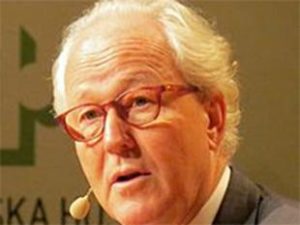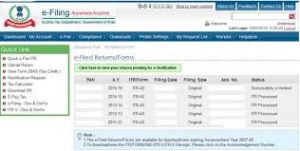
Indian economy is becoming more efficient through five broad themes — fast and steady rate of growth, market reforms, expanding digital footprint, revival in rural growth and creation of modern infrastructure, says a report.
Indian economy is becoming more efficient through five broad themes — fast and steady rate of growth, market reforms, expanding digital footprint, revival in rural growth and creation of modern infrastructure, says a report. “India is growing at a fast pace, largely driven by efficiency gains in doing business, tax collections, infrastructure and rural economy,” it added. There are only 28 episodes ever when countries grew at over 6 per cent for 8 years or longer, Edelweiss Securities said in a research note, adding India is entering this rare club. On landmark reforms, the report said while GST can increase highly productive formal organised employment, bankruptcy code can enhance liquidation and better utilisation of assets. Moreover, there has been a marked improvement in global competitiveness among major emerging markets and 90 per cent of FDI is now coming through the automatic route, replacing hot money, it added.
Regarding digital India, it said that apart from gains from extinguished liability, the real effect of demonetisation has been a repair of banks’ balance sheets and an increase in digital transactions.
An efficient rural India means higher rural income, which in turn would lead to large increase in discretionary spend hence stronger growth in India.
Edelweiss Securities further noted that equities are cheap relative to bonds.
“A comparison of Nifty’s earning yield vs the 10-year government bond yield shows that equities are currently very cheaply priced as compared to debt instruments and we should expect a shift in the allocation of funds from debt to equity,” it said.
The broader market is also showing bullish prospects.
“The number of stocks hitting 52-week highs are rising steadily and the total market cap of all NSE listed stocks (above 200 cr MCAP) is also at a new all-time high; suggesting strong momentum in broader market,” it said.

